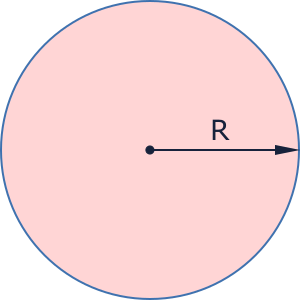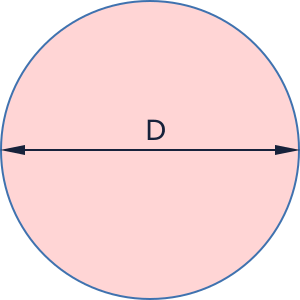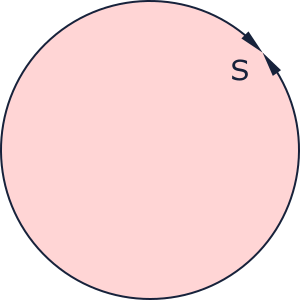Circle Area Calculation
Quickly calculate the area of a circle online. Enter the radius, diameter, or circumference, and get the area instantly with unit conversion.



Circle Area Formulas
- Area = π × Radius²
- Area = π × Diameter² ÷ 4
- Area = Circumference² ÷ (4 × π)
FAQ
- What is the most accurate way to measure a circle for area calculation?
For physical circles, measure the diameter across the center using calipers or a ruler. The diameter is usually easier to measure accurately than the radius. For drawn circles, the radius from center to edge is often more precise. Always take multiple measurements and average them. - When should I use circumference to calculate area?
Use circumference when you can measure the perimeter but not the diameter directly, such as for large circular objects, curved pipes, or when using a flexible measuring tape around the circle. This method is useful for irregularly shaped near-circular objects. - How accurate is π (pi) in these calculations?
The calculator uses high-precision π values for accurate results. For most engineering applications, the precision is more than sufficient. The limiting factor is usually measurement accuracy rather than calculation precision. - What are common applications for circle area calculations?
Engineering applications include: cross-sectional area of pipes and rods, material quantity for circular plates, flow area calculations, land area for circular plots, coverage area for circular patterns, and stress analysis for circular cross-sections. - How do I handle elliptical or non-perfect circular shapes?
This calculator is for perfect circles only. For ellipses, use the ellipse area formula (π × a × b where a and b are semi-major and semi-minor axes). For irregular shapes, consider breaking them into simpler geometric forms or using integration methods. - What's the relationship between circle area and other geometric properties?
Circle area is fundamental to many calculations: flow rate (area × velocity), material weight (area × thickness × density), pressure force (pressure × area), and moment of inertia. Understanding area relationships helps in comprehensive engineering analysis.